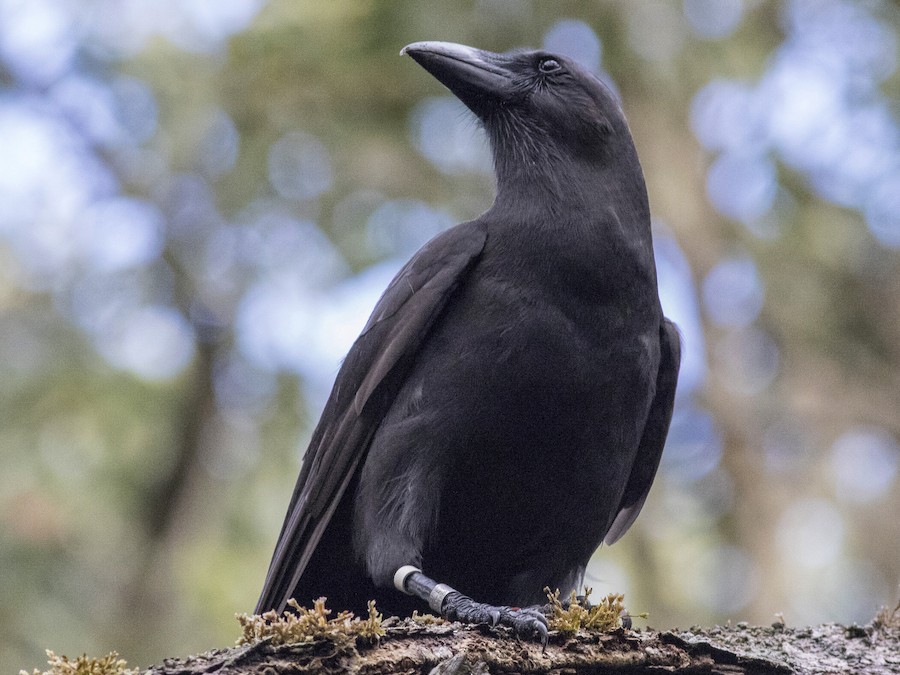Five Hawaiian crows, known as ʻalalā, have been observed exhibiting a range of natural behaviors six months after their release into the wild on the slopes of Haleakalā in Maui. These behaviors include foraging for native fruits and insects, engaging in territorial vocalizations, and forming pair bonds. Notably, researchers have witnessed nest building within the ʻalalā cohort, with a fully constructed nest and a female regularly sitting upon it. While expectations remain cautious, this nesting behavior is considered a positive step in the reintroduction process.
The ʻalalā, once extinct in the wild since 2002, were reintroduced into the Kipahulu Forest Reserve in East Maui in November 2024. This reintroduction marked the first release of captive-raised ʻalalā outside of Hawaii Island. The Maui Forest Bird Recovery Project (MFBRP), in collaboration with the U.S. Fish and Wildlife Service, the Department of Land and Natural Resources (DLNR) Division of Forestry and Wildlife, and the San Diego Zoo Wildlife Alliance, has been monitoring the birds’ adaptation to their new environment.
Over the past six months, the ʻalalā have demonstrated resilience and adaptability. They have strengthened their flight muscles, allowing for longer journeys and improved takeoff and landing capabilities in the dense forest. The birds have been observed foraging on native plants such as pūkiawe, maile, kāwaʻu, and ʻōlapa, and sheltering in trees during storm events. Additionally, they have been performing bark flaking, probing crevices, and picking at loose tree bark with their bills. Their vocal range has expanded, producing different vocalizations than those heard before in captivity. The cohort continues to work together as a cohesive social group, learning from each other, which has been crucial to their development.
The success of this reintroduction is the culmination of decades of planning, perseverance, and collaboration among various organizations. The ʻalalā’s return to the wild is seen as a hopeful sign for the future of this ecologically and culturally important species. Even if the current nesting does not lead to chicks this year, it indicates that the ʻalalā are reconnecting with their forest home, providing optimism for the species’ long-term recovery.











Leave a comment